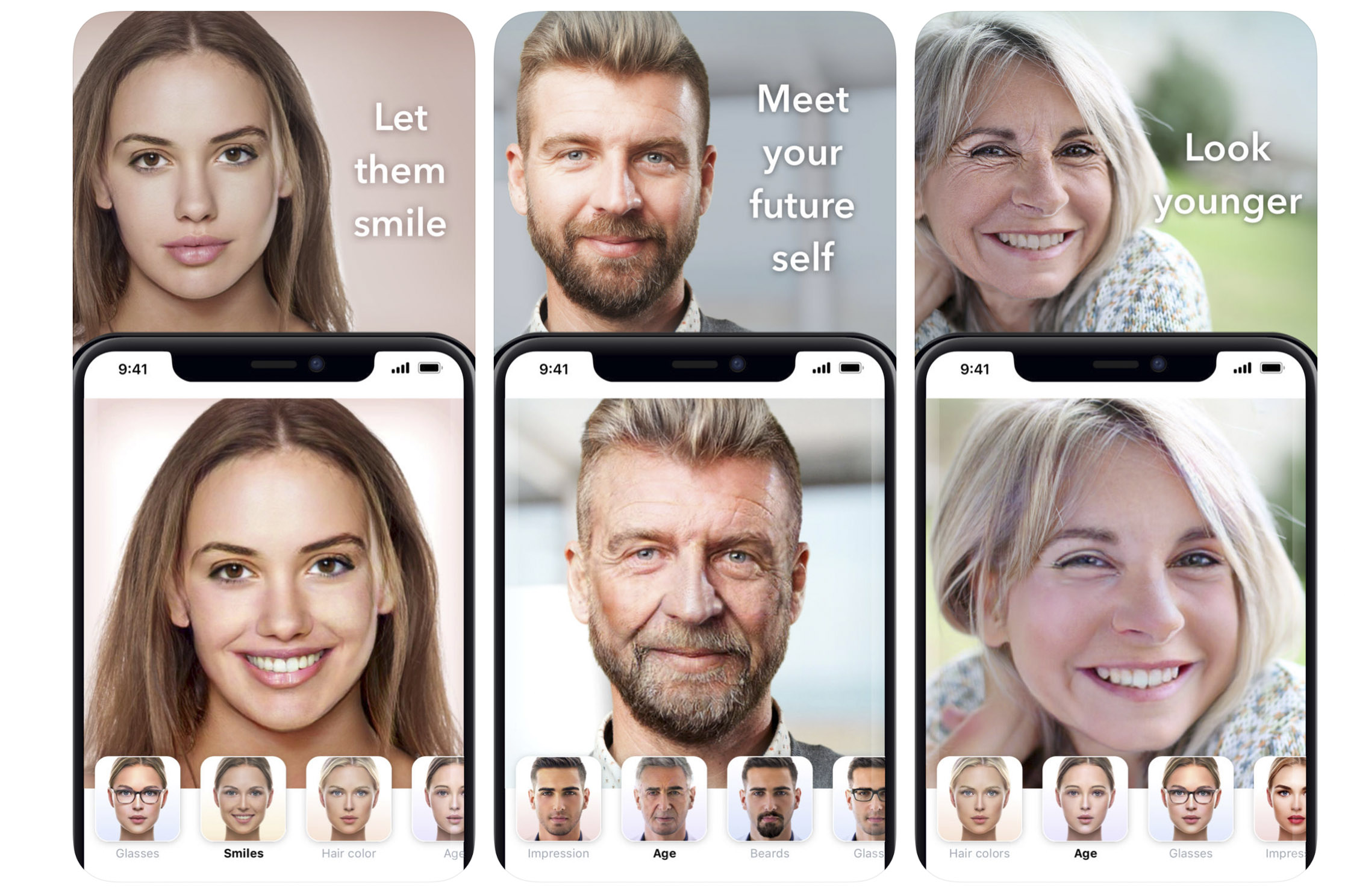
The now famous (or infamous) FaceApp has responded to privacy concerns after their aging filter went viral over the last week or so.
Users were concerned after reading the apps TOS when they found out that FaceApp claims to own an irrevocable and lifetime right to all images and likenesses uploaded via the app.
In response to user concerns, the Russian based company put out a vague response hoping to allay those concerns. I will copy and paste the full response below, but a key part they included was that they delete “most” images within 48 hours. And while this may sound like a good thing, it’s meant to trick people who don’t fully understand the technology.
With FaceApp, as with all facial recognition software, they run an image through an algorithm. That algorithm then outputs a mathematical string that represents the photo. The output of the algorithm is all that is needed, the original photo is never needed again once it is run through the algorithm.
FaceApp, similar to Facebook who also often claims they delete photos, are taking advantage of a lack of understanding by the general public. People don’t realize the original photo is not needed once it’s run through an algorithm. The output of the algorithm is what they keep and what has value. The original photo is not needed once it is run through the algorithm.
So as you can see, the original photos are not needed once processed. The information from them has already been extracted in the form that the AI or machine learning program needs. This is why companies are so quick to say they delete the photos, it’s to trick people into thinking the company no longer has any data. But instead, the company has all the data they need, so they simply delete the now useless original photo.
This incident is a perfect example of what I wrote about here. The technology that is being developed to run our lives is becoming too complicated for the average person to understand, even on a basic conceptual level. When that happens, people are easily tricked by the technology and those behind it. As technology progresses further, people will become even less aware of how anything around them works, leaving them ripe to be exploited.
Below is the full but vague response by FaceApp to the landslide of privacy concerns they are now facing:
We are receiving a lot of inquiries regarding our privacy policy and therefore, would like to provide a few points that explain the basics:
1. FaceApp performs most of the photo processing in the cloud. We only upload a photo selected by a user for editing. We never transfer any other images from the phone to the cloud.
2. We might store an uploaded photo in the cloud. The main reason for that is performance and traffic: we want to make sure that the user doesn’t upload the photo repeatedly for every edit operation. Most images are deleted from our servers within 48 hours from the upload date.
3. We accept requests from users for removing all their data from our servers. Our support team is currently overloaded, but these requests have our priority. For the fastest processing, we recommend sending the requests from the FaceApp mobile app using “Settings->Support->Report a bug” with the word “privacy” in the subject line. We are working on the better UI for that.
4. All FaceApp features are available without logging in, and you can log in only from the settings screen. As a result, 99% of users don’t log in; therefore, we don’t have access to any data that could identify a person.
5. We don’t sell or share any user data with any third parties.
6. Even though the core R&D team is located in Russia, the user data is not transferred to Russia.
Additionally, we’d like to comment on one of the most common concerns: all pictures from the gallery are uploaded to our servers after a user grants access to the photos (for example, https://twitter.com/
joshuanozzi/status/ 1150961777548701696). We don’t do that. We upload only a photo selected for editing. You can quickly check this with any of network sniffing tools available on the internet.
Note: If you enjoyed this article, please make sure to share it! If you would like to support our site in other ways, please visit this page.


SHARE